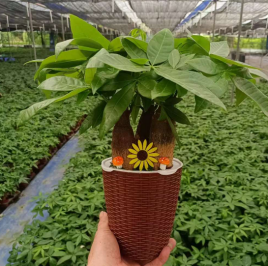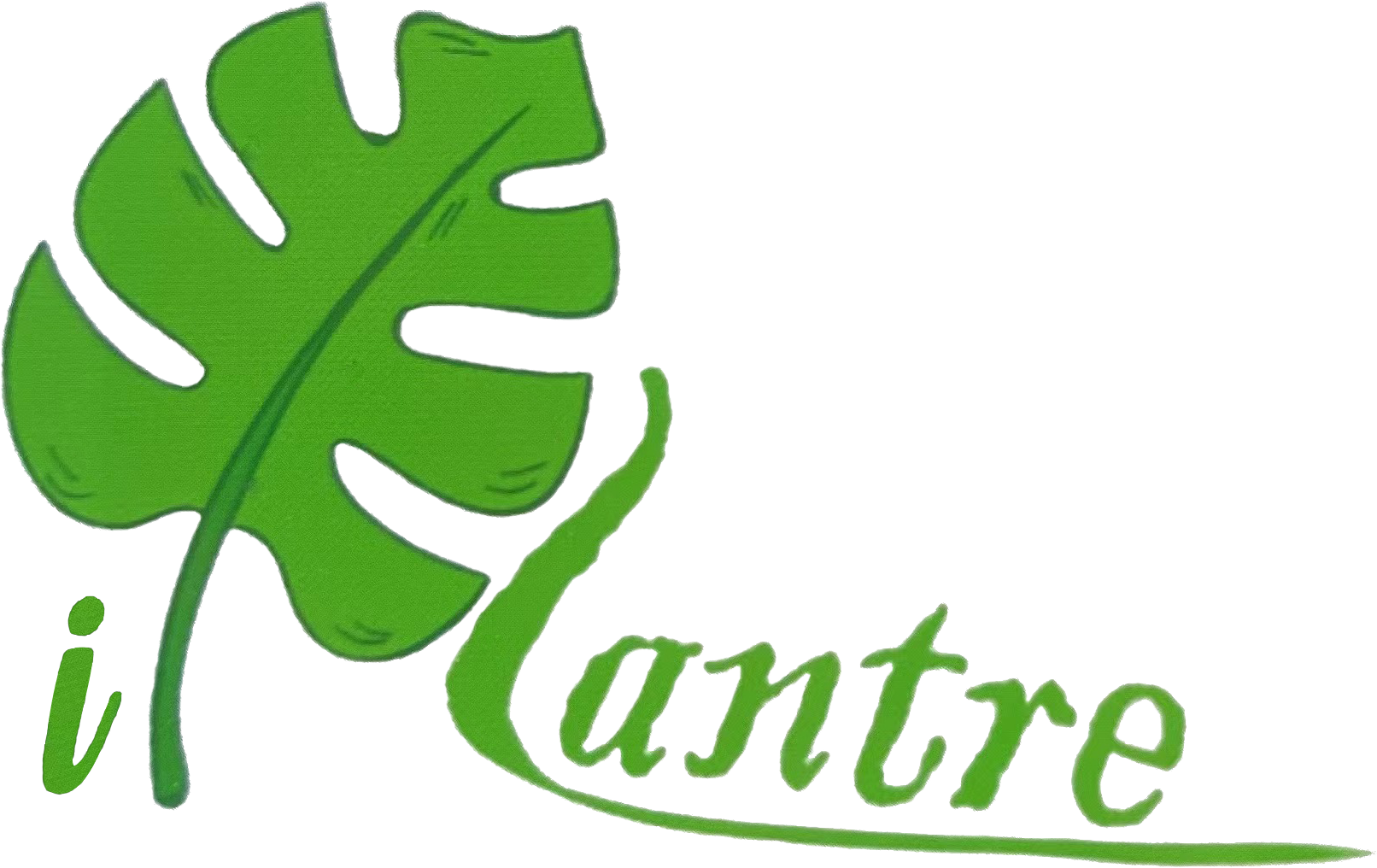Water: Proper watering is crucial for the health of a Money Tree (Pachira aquatica). Money Trees prefer to be kept in slightly moist soil. It's important to strike a balance and both overwatering and underwatering. The key is to ensure that the soil remains slightly damp but not soggy.
The frequency of watering depends on various factors such as the size of the plant, the size of the pot, the temperature, humidity levels, and the amount of light it receives. As a general guideline, water the Money Tree when the top inch (2.5 cm) of the soil feels dry to the touch. Insert your finger into soil to check the moisture level. If it feels dry, it's time to water. If it still feels slightly moist, it's best to wait a little longer before watering. During the active growing season of spring and summer, Money Trees may require more frequent watering as they tend to have increased water needs. In contrast, during the winter months when the plant's growth slows down, you may need to reduce the watering frequency to prevent overwatering.
When watering, thoroughly moisten the soil until water drains out of the drainage holes at the bottom of the pot. Allow excess water to drain away completely to avoid waterlogging, as this can lead to root rot. Empty the saucer underneath the pot to prevent plant from sitting in standing water. Use room-temperature water when watering your Money Tree. Let tap water sit for a few hours before using it to allow chlorine and other chemicals to dissipate. Alternatively, you can use filtered or distilled water to avoid any potential buildup of mineral salts in the soil.
Pay attention to the condition of leaves and the soil to determine if Money Tree is receiving the right amount of water. Overwatering can lead to yellowing leaves, root rot, and a damp, waterlogged soil. Underwatering may cause the leaves to turn brown, wilt, or drop prematurely. Adjust your watering practices accordingly based on the plant's needs.
Temperature: Money Trees (Pachira aquatica) prefer warm and tropical temperatures. They thrive in temperatures between 65°F to 75°F (18°C to 24°C). They can tolerate slightly cooler temperatures down to 50°F (10°C), but should be protected from frost and freezing temperatures, as they are sensitive to cold. Money Trees prefer stable temperatures and can be adversely affected by sudden temperature changes. Avoid placing the plant near drafty windows, doors, or heating/cooling vents, as these can expose the plant to rapid temperature fluctuations.
Money Trees are well-suited for indoor environments with typical room temperatures. They can adapt to slightly lower temperatures during the winter months but should not be exposed to prolonged periods of cold drafts or excessively low temperatures. Money Trees can be grown outdoors in tropical and subtropical regions where temperatures remain consistently warm throughout the year. They thrive in outdoor temperatures above 50°F (10°C) and should be protected from freezing temperatures.
Money Trees may benefit from a slight temperature drop during the winter, as it mimics their natural growing conditions. However, it's important to maintain a minimum temperature of around 60°F (15°C) to protect the plant. Avoid exposing the Money Tree to sudden temperature changes or cold drafts even during the colder months. Adjust your watering routine and care practices accordingly to accommodate seasonal changes.
Maintaining a consistent and suitable temperature is crucial for the health and growth of Money Trees. Avoid exposing the plant to extreme temperatures and provide appropriate protection during cold or excessively hot periods. By providing suitable temperature conditions, you can help ensure the healthy growth and vitality of Money Tree.
Soil: Money Trees prefer soil that allows excess water to drain freely. A well-draining soil mix prevents water from pooling around the roots and helps prevent root rot. A combination of peat moss, perlite, and regular potting soil can create a suitable well-draining mix. A good choice for Money Trees is a well-balanced, all-purpose potting mix. A good soil mix for Money Trees often consists of a combination of ingredients such as peat moss, perlite, vermiculite, and coarse sand. These components help create a balance between moisture retention and drainage.
Money Trees prefer slightly acidic to neutral soil pH levels ranging from 6.0 to 7.0. Most commercial potting mixes are formulated to be within this pH range. It's generally not necessary to adjust the pH unless you notice specific issues with the plant's growth or health.
Money Trees typically require repotting every 1-2 years, or when the plant outgrows its current pot. When repotting, use fresh potting mix and choose a slightly larger pot to accommodate the growing roots. Gently loosen the root ball and place it in the new pot, filling in the gaps with additional soil. Ensure the pot you choose for your Money Tree has drainage holes at the bottom to allow excess water to escape. This helps prevent waterlogging and ensures that the soil drains properly.






